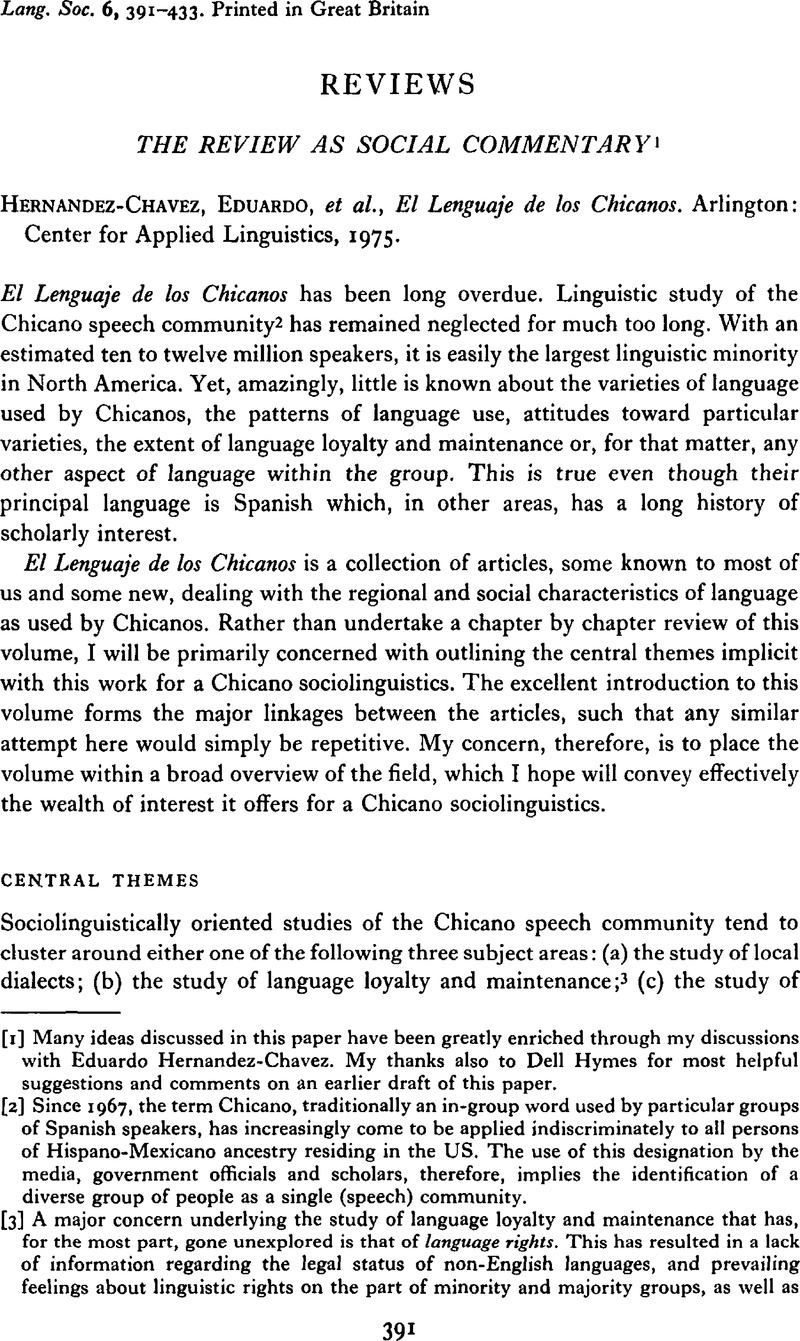Crossref Citations
This article has been cited by the following publications. This list is generated based on data provided by Crossref.
Zinn, Maxine Baca
1981.
Sociological Theory in Emergent Chicano Perspectives.
The Pacific Sociological Review,
Vol. 24,
Issue. 2,
p.
255.


